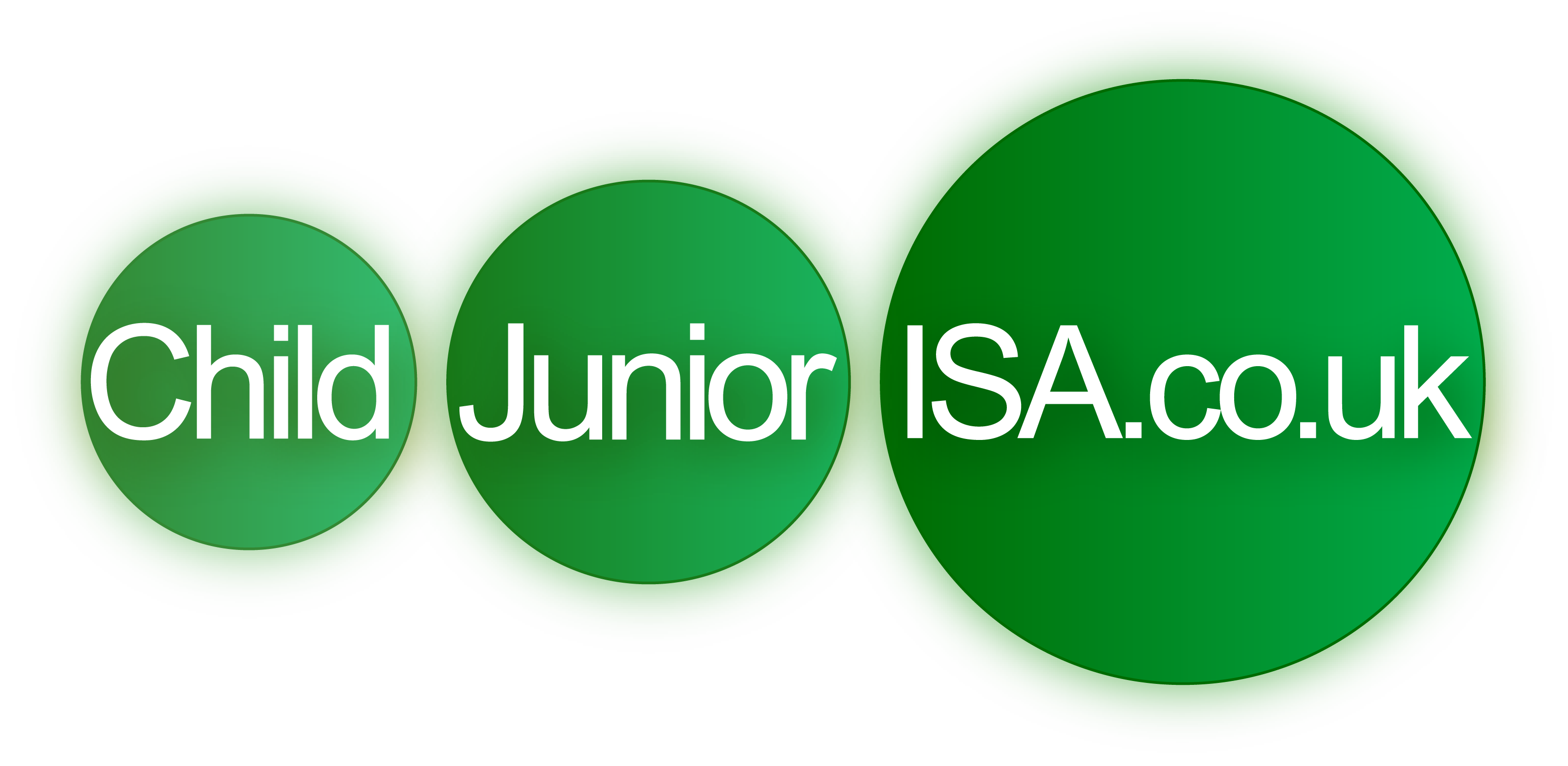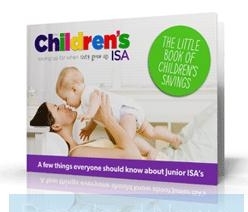Surely the current economic climate can be no better advert for the benefits of saving for our children’s futures. The banks are the chosen scapegoats for the credit crunch and it’s true they should shoulder some of the blame but the truth is the general public, or at least most of us, are equally culpable. We wanted all sorts of things we really couldn’t afford – expensive houses, cars, holidays etc and the banks lent us the money to but them.
This has led to a culture whereby we expect to be able to have everything we want and we expect to be able to have now. This is naturally amplified in our children. The problem is, there comes a time when everything needs to be paid for and so here we are, living with negative equity, the threat of repossession or bankruptcy or both and credit card debts in the tens of thousands, not so that we could keep paying the mortgage or put food on the table but so that we could go to Bali instead of Benidorm or drive a Mercedes instead of a Ford.
The Junior ISA
The Government recognises that to put right the wrongs of the credit crunch generation requires not just austerity measures but a change in attitude. This means instilling new values in the next generation and one of the measures they have introduced to deal with this is the Junior ISA. The Junior ISA replaces the Child Trust Funds and allows not just parents but other relatives or even family friends to contribute up to £3,600 per year, tax free, towards giving children a flying start.
The Junior ISA operates in much the same way as an adult ISA. It can be started with as little as £1 and you can either choose either a cash or a stocks and shares ISA. The rules of the Junior ISA means that funds cannot be withdrawn until the child reaches 18, meaning the temptation to dip into the savings when times get tough is removed – inconvenient at the time perhaps but better in the long run.
What Might a Junior ISA be Worth?
This of course depends on how much is invested and over how long a period as well as changing interest rates or share values. As a rough guide however, every £1 per month invested now at an average rate of growth of 5% and assuming that the child is a newborn will be worth £345 when the child reaches 18.
The junior ISA does not have to start when the child is born to be worthwhile. If you start investing for a child of 9 years old then each £10 per month could be worth £135. These sums might not sound impressive, but if you invest the maximum allowable of £300 per month this will equate to over £100,000 over 18 years or over £40,000 over 9 years. £300 per month is more than many can afford but even a tenth of that amount, £30 per month, could equate to over £10,000.
Imagine that. Giving your child £100,000 to set him on his way in adult life. That could most of the purchase price of his first house, could put through university without the need to get into debt or could the basis of a fund which he can use to retire much earlier then you ever could. Perhaps more importantly though, it could teach your child the value of saving and investing.
But We Can’t Afford to Save in a Child ISA
This is the problem. Most of us think we can’t afford to save. Ok, so it’s true for some but for most it’s just about recognising priorities. Have a look again at the title to this article. We tend to extend this desire to have everything we want to our children, so that they have everything they want. But does your child really need that iPad? Wouldn’t an ordinary MP3 player for £10 do just as well as an iPod costing ten times that amount?
The point is that by looking at the money we waste on our children and putting it instead to good use by investing in a Junior ISA we can make a real difference to their futures. I’m not talking about having them make do with an apple and an orange for Christmas and dressing them in rags, just cutting back on a few luxuries. They may not thank you now but they surely will later.


